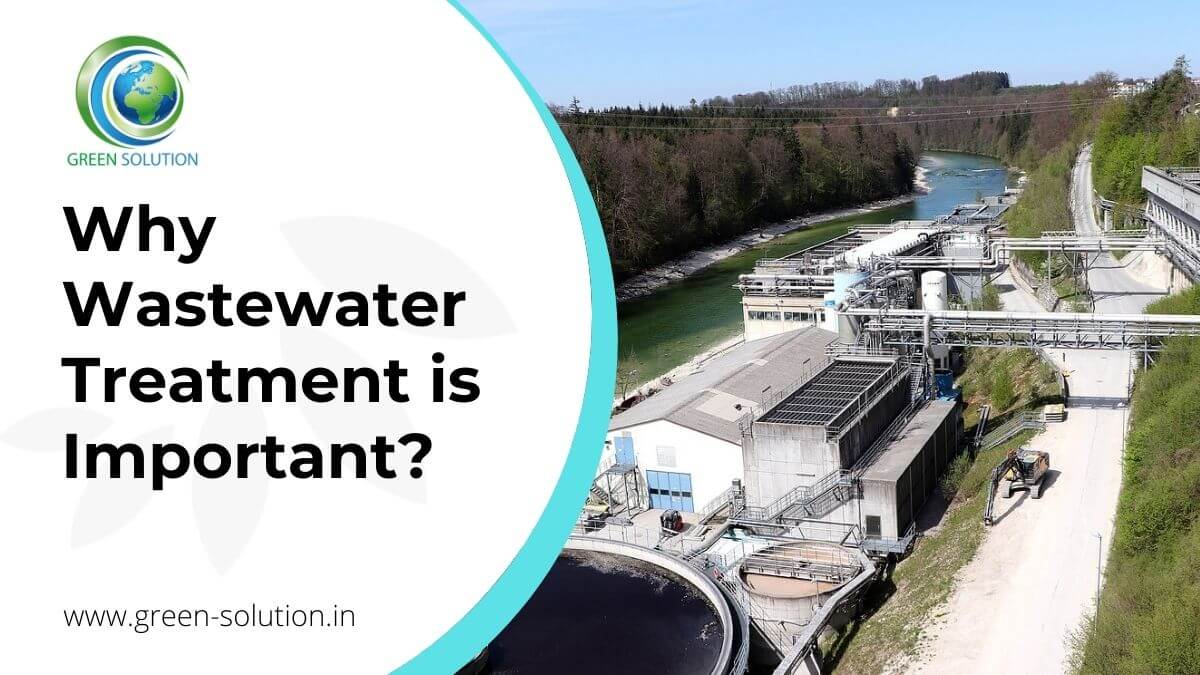The 5-Second Trick For Reclaim Waste
The 5-Second Trick For Reclaim Waste
Blog Article
3 Simple Techniques For Reclaim Waste
Table of ContentsGet This Report about Reclaim WasteReclaim Waste Fundamentals ExplainedReclaim Waste Fundamentals ExplainedSome Known Details About Reclaim Waste Excitement About Reclaim Waste
Discover the types, occurrences, and forms of fluid waste. Residential sewage waste refers to the waste and items from a property septic system. This type of waste is developed by humans in houses, colleges, and other structures. This only includes sewage-disposal tanks that have a drain field. The correct administration and disposal of residential sewage waste need fluid waste to be transferred to a sewer treatment plant where the correct techniques and equipment are put on detoxify and throw away waste.
Commercial waste typically consists of possible dangers, such as combustible materials or a blend of liquid and strong waste products, and requires a more sophisticated and detailed disposal process. The disposal of commercial waste normally involves the filtering of waste before transport to make certain safe and correct disposal. Hazardous waste is developed from by-products and drainage of commercial procedures and manufacturing.
This sort of waste can not use the same sewage administration transportation or procedures as septic or business fluids. The commercial waste management procedure needs the assessment and testing of liquid waste before it goes through the disposal procedure (liquid waste removal). Overflow waste is the liquid waste that originates from runoff and excess stormwater in extremely populated locations or cities
Runoff waste can create contamination and flooding if not taken care of correctly. Guaranteeing proper waste monitoring can stop catastrophes and reduce ecological harm.
Reclaim Waste - Questions
Call PROS Providers today to learn more about our waste administration and disposal solutions and the appropriate means to care for the liquid waste you generate.
(https://www.blogtalkradio.com/reclaimwaste1)Do you know what takes place to your water when you end, flush the bathroom or drain the cleaning device? No? Well, it deserves recognizing. This so-called 'wastewater' is not just a crucial resource yet, after therapy, will certainly be launched to our land, waterways or the sea. Made use of water from bathrooms, showers, bathrooms, kitchen area sinks, washings and industrial procedures is recognized as wastewater.

water made use of to cool equipment or clean plant and devices). Stormwater, a type of wastewater, is drainage that flows from agricultural and metropolitan areas such as roof coverings, parks, gardens, roadways, paths and gutters right into stormwater drains pipes, after rainfall. Stormwater moves without treatment straight to local creeks or rivers, eventually getting to the ocean.
Rumored Buzz on Reclaim Waste
In Queensland, many wastewater is dealt with at sewer treatment plants. Wastewater is carried from residential or commercial websites with a system of sewers and pump stations, known as sewerage reticulation, to a sewage treatment plant.
The Division of Natural Resources recommends neighborhood federal governments regarding managing, operating and maintaining sewage systems and treatment plants. In unsewered areas, regional governments may require homeowners to set up private or home sewer treatment systems to treat residential wastewater from commodes, cooking areas, washrooms and washings. The Division of Natural Resources authorises making use of household systems when they are proven to be reliable.
In some new class, treatment of some stormwater to get rid of trash, sand and gravel has actually started making use of gross contaminant traps. Wastewater treatment takes place in four phases: Gets rid of solid matter.
Utilizes tiny living organisms recognizes as micro-organisms to break down and get rid of continuing to be dissolved wastes and fine particles. Micro-organisms and wastes are incorporated in the sludge.
See This Report on Reclaim Waste
Nutrient removal is not available whatsoever sewer therapy plants due to the fact that it calls for pricey specialized devices. It is becoming more common in Queensland. Clear fluid effluent generated after therapy may still contain disease-causing micro-organisms. If this effluent is launched right into waterways such as rivers or the sea, the micro-organisms will at some point pass away out.

A lot of wastewater flows right into the sewerage system. Under the Act, local federal governments administer authorizations and licences for environmentally pertinent activities (ERAs) entailing wastewater launches that could have a neighborhood impact.
Some Known Factual Statements About Reclaim Waste
Or else, samples are taken for research laboratory analysis. Usually numerous examinations are needed to establish the levels of each of the various contaminants such as oils, heavy metals and chemicals in water. Tracking provides factual info regarding water top see it here quality and can confirm that licence conditions are being fulfilled. The info obtained with surveillance gives the basis for making water top quality decisions.
Report this page